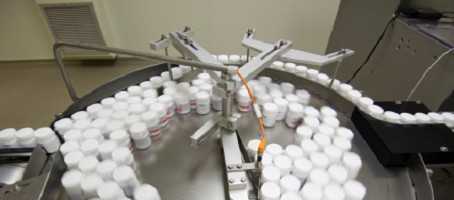A new potential way for controlling high levels of blood sugar has been identified by scientists in American, a discovery which could lead to the development of new drug treatments for diabetes.
Researchers at the UT Southwestern Medical Center in Texas showed that lipid molecules called phosphatidic acids improve the production of glucose in the liver.
For the research, Dr Anil Agarwal, Professor of Internal Medicine, and colleagues examined a mouse model of lipodystrophy, a rare metabolic disease characterised by selective loss of fat from various parts of the body. An imbalance in the body’s ability to properly regulate blood fats (lipids) and glucose means lipodystrophy patients often go on to develop diabetes and accumulate fat in the liver.
The mice developed lipodystrophy after the causal gene AGPAT2, which is involved in the synthesis of phosphatidic acid and triglycerides – a type of blood fat, was removed from their bodies. The research team then examined what impact this genetic manipulation had on phosphatidic acids and glucose production.
“We expected the levels of phosphatidic acids to go down. However, in examining the livers of these lipodystrophic mice, we unexpectedly found high levels of this lipid class,” said Dr. Agarwal, adding that the finding led to the identification of new targets involved in the production of phosphatidic acids.
According to the research team, the build-up of these lipid molecules was caused by a rise in the levels of two enzymes in the liver, diacylglycerol kinase and phospholipase D. They also noted a marked increase in glucose production in the livers of the lipodystrophic mice.
Dr. Agarwal explained that the lack of normal insulin signalling in these lipodystrophic mice led to unrestricted production of phosphatidic acid, which in turn contributed to the development of hyperglycemia (high blood sugar).
The senior author of the study concluded: “This study establishes a role for phosphatidic acids in enhancing glucose production by the liver and identifies enzymes involved in the synthesis of phosphatidic acids as potential drug targets.”
What's new on the forum? ⭐️
Get our free newsletters
Stay up to date with the latest news, research and breakthroughs.






